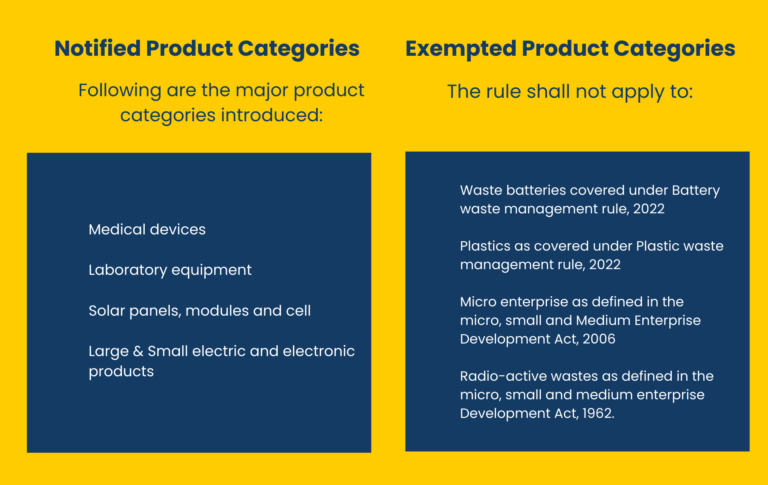India’s Machinery Safety Regulations Get a Major Update – Effective from September 2026
The Ministry of Heavy Industry has issued a significant update through the Machinery and Electrical Equipment Safety (Omnibus Technical Regulation) Amendment Order, 2025. This amendment


